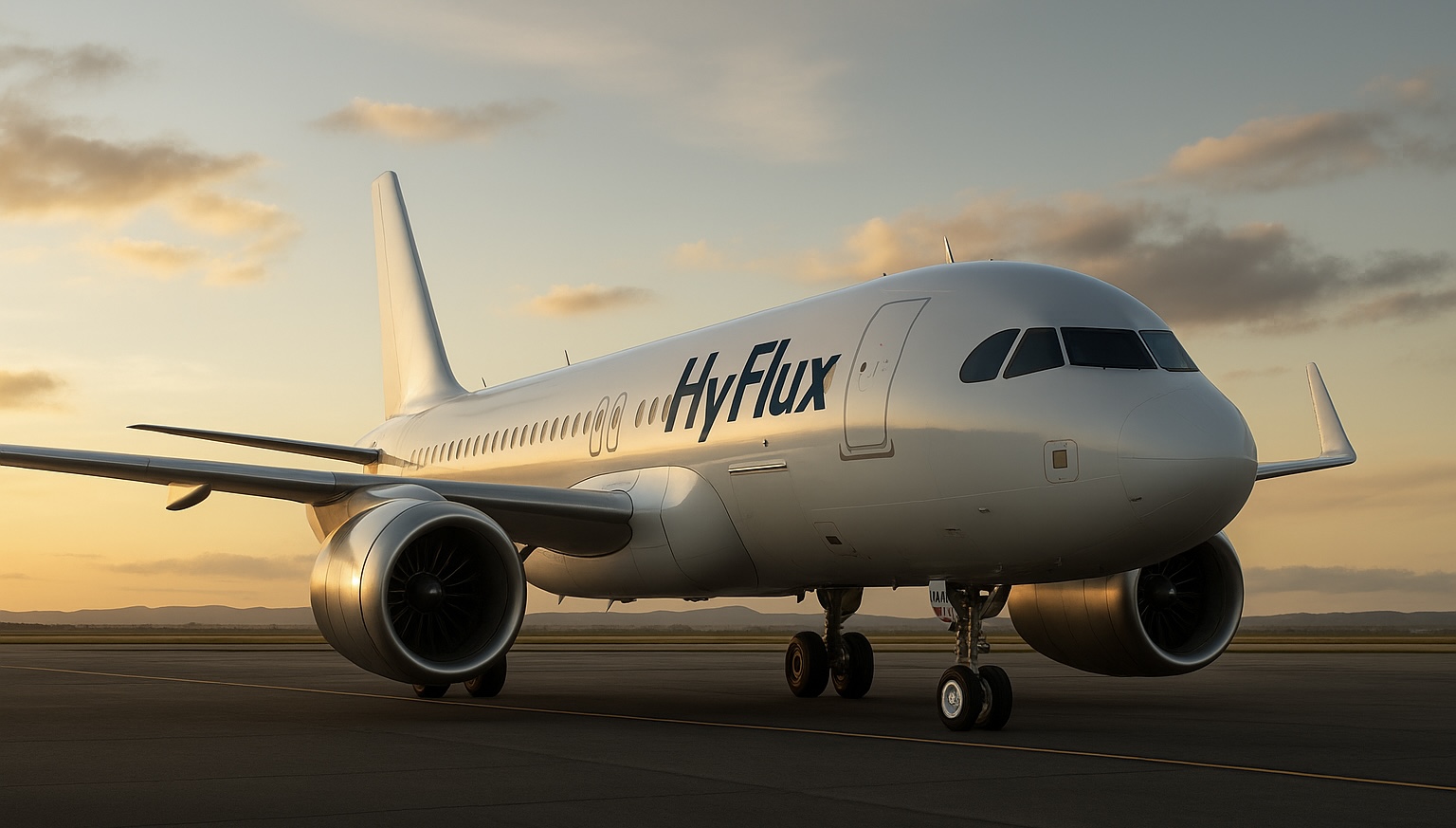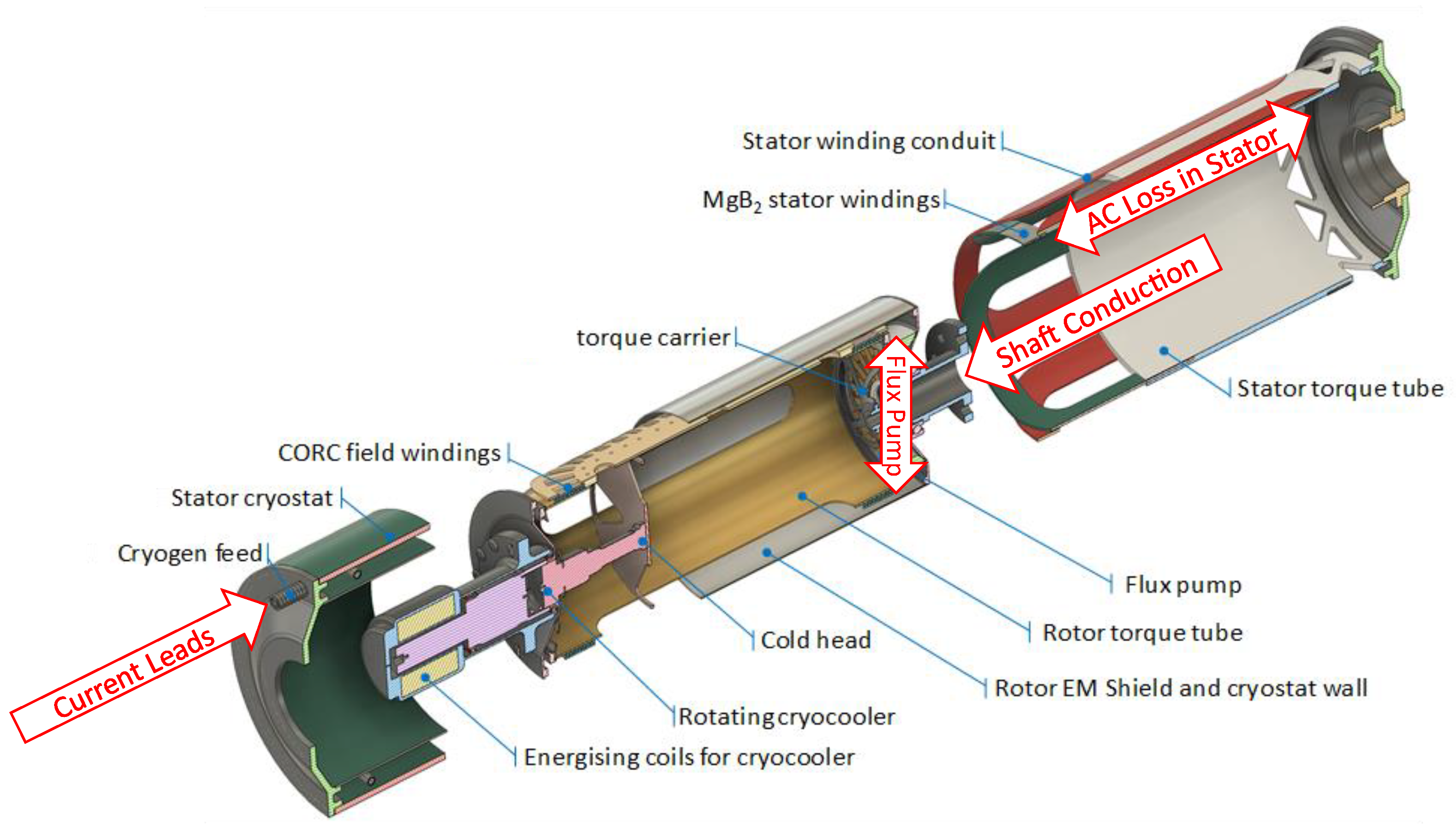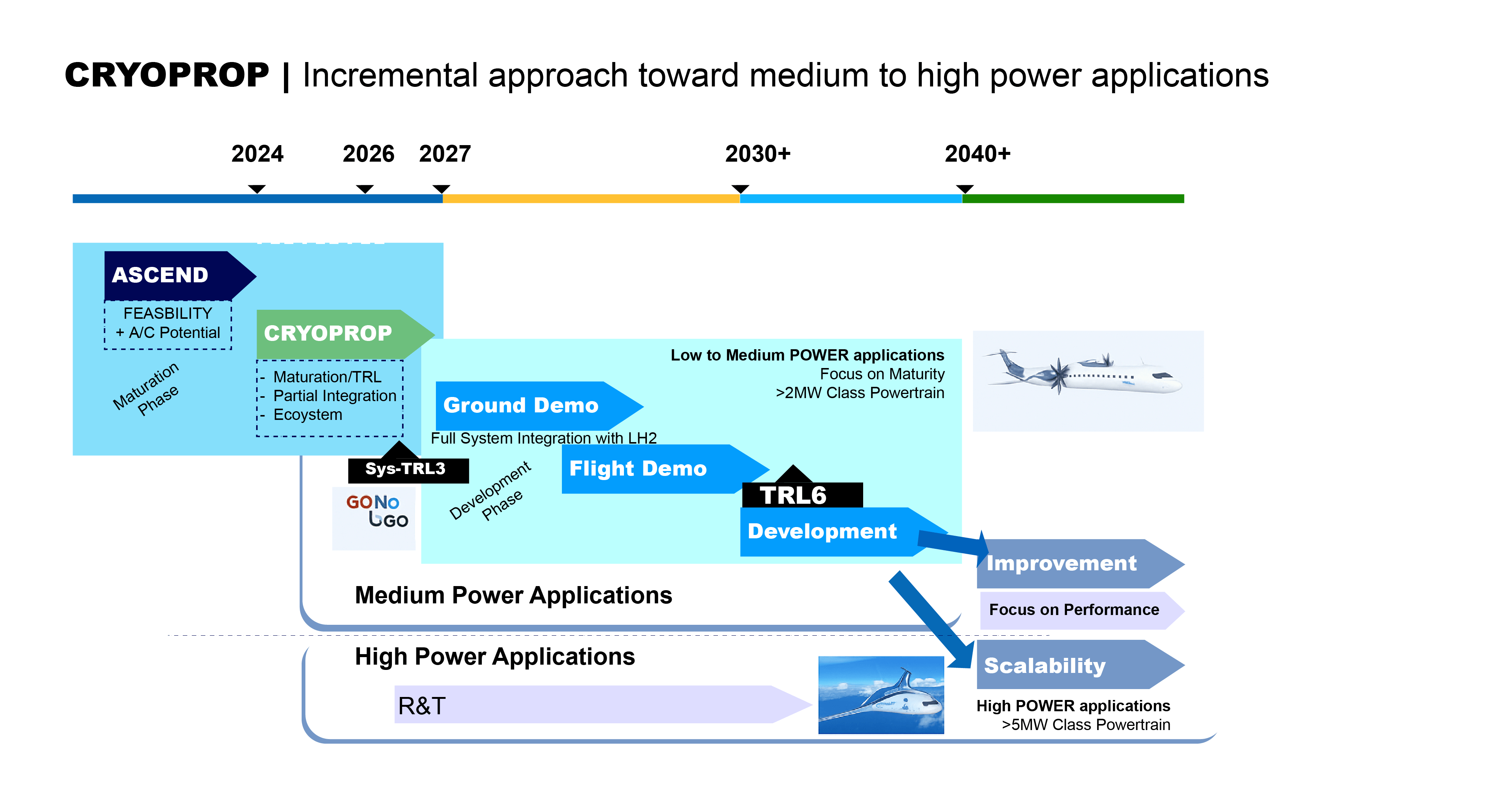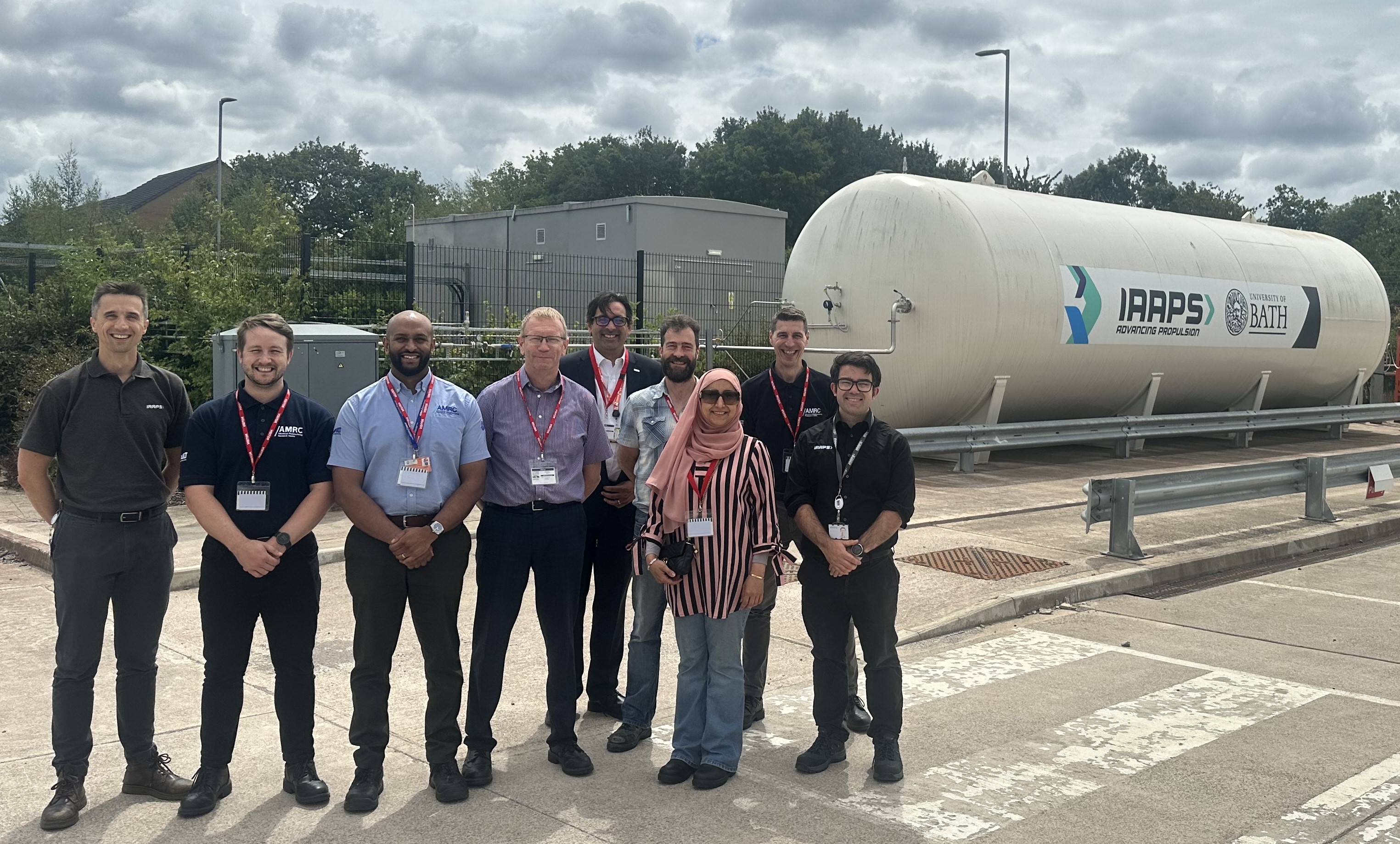Building the scalable propulsion systems aviation needs for net-zero
In this article:
• Learn how HyFlux superconducting motors scale from 3 MW to widebody propulsion.
• Discover hybrid stator–rotor designs balancing cost and performance.
• Explore how scaling addresses regional, narrowbody, and widebody markets.
⸻
Introduction
Zero-emissions flight requires propulsion systems that can scale. While early demonstrations prove superconducting concepts at small scales, aviation demands systems in the multi-megawatt range to power regional, single-aisle, and eventually long-haul aircraft. Scaling superconducting technology is one of the most critical engineering challenges—and one HyFlux Aero is addressing head-on.
The Challenge of Scaling Superconductors
Scaling motors is not as simple as enlarging components. Larger systems face challenges in cryogenic stability, electromagnetic balance, and mechanical stress. High torque densities create vibrations, and maintaining superconductivity across large structures demands precise thermal management, and avoidance of AC losses. Without careful design, performance gains can be lost in inefficiencies or safety risks - with Supercool, and Aerospace Technology Institute SME programme we are endeavouring to bring a heat exchanger combination to our motor with Wellington University, Robinson Rearch Institute support, and AMRC The University of Shefield to be tested in IAAPS University of Bath facility in 2027.
HyFlux’s Hybrid Design Approach
HyFlux employs a hybrid rotor–stator design. REBCO conductors in the rotor deliver ultra-high current density, while MgB₂ stators provide cost-effective superconductivity at higher operating temperatures. This balance allows motors to be scaled up while controlling material and cooling costs. Proprietary cryogenic heat exchangers ensure that thermal loads are managed efficiently across larger systems, using integrated helium loops to complement hydrogen cooling.
Aviation Applications Across Market Segments
At 3–5 MW, superconducting motors enable regional aircraft of 70–100 seats. Scaled versions in the 10–20 MW class can power single-aisle narrowbody aircraft—the backbone of global aviation. Looking further, long-haul widebodies will require propulsion systems of 30 MW and beyond, where superconductivity’s efficiency advantages become decisive.
Roadmap to Commercial Scale
HyFlux works closely with regulators and industry partners to validate scaling pathways. ATI-funded projects like Supercool demonstrate mid-scale designs, while collaborations with Airbus and Embraer could soon explore integration into their next-generation programs. The roadmap is designed to match industry milestones for hydrogen adoption and net-zero commitments.
Conclusion
Scaling superconducting propulsion is key to sustainable aviation. HyFlux Aero’s hybrid designs and cryogenic expertise ensure that superconductors are ready to power not just small aircraft, but the full spectrum of future aviation.




